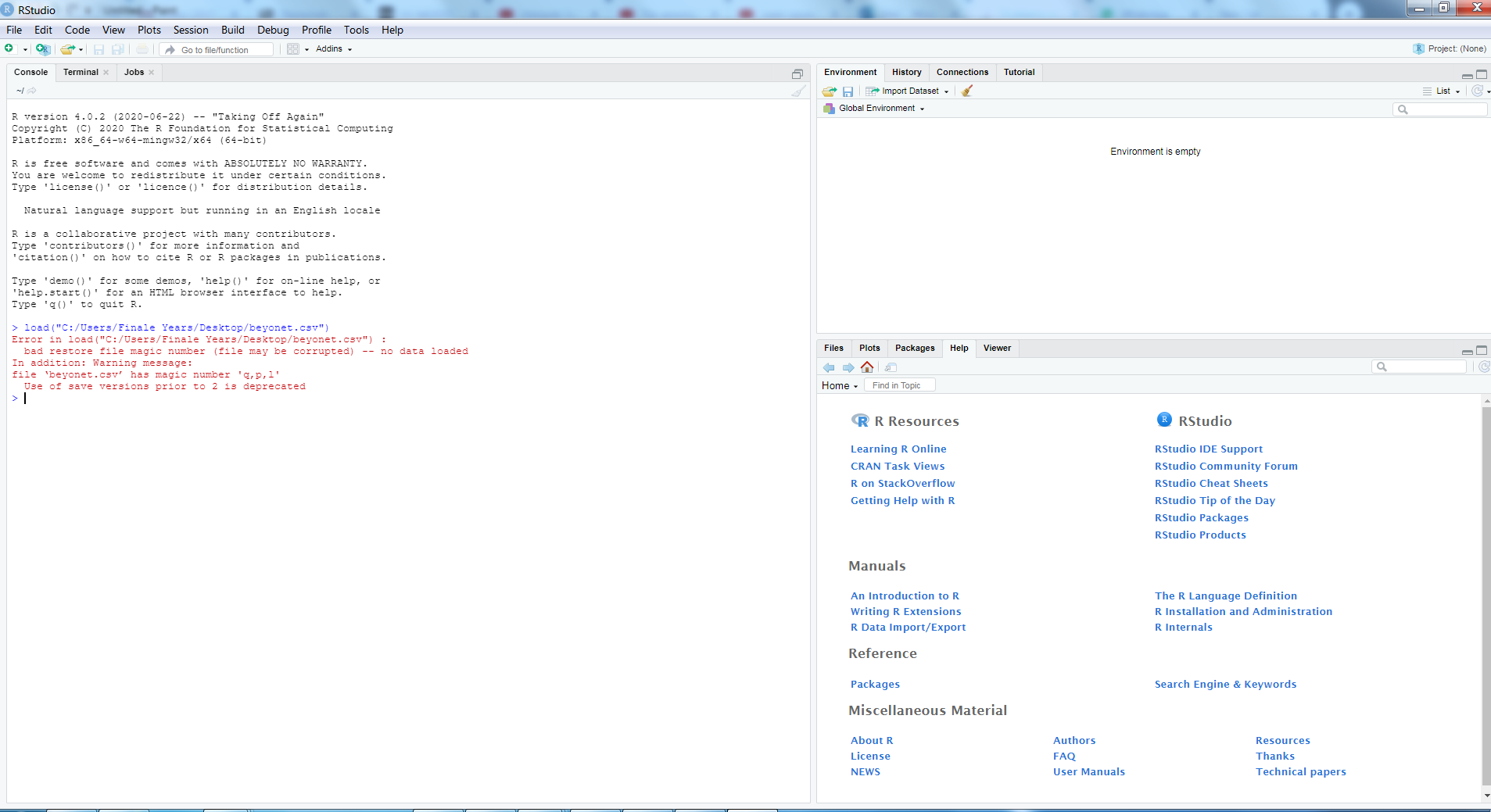
Then, by putting your cursor in a table cell, you can go to Table Design » Border Painter, which lets you “paint” in whichever borders you do want to add.Īnd that’s it! You’ve just exported your first table from R into Microsoft Word. library (purrr) library (broom) results <- lapply (formulae, function (x) aov (x, data df1)) names (results. Use map functions to run it on list of models. Tukey’s HSD post hoc tests were carried out.

There was a statistically significant interaction between the effects of gender and exercise on weight loss (F (2, 54) 4.615, p 0.0141). This is time consuming so not recommended. data <- readexcel ('file.xlsx') You can choose a file interactively based on file.choose () function. data<- readexcel ('file.xls') For xlsx files. Word has several border editing tools that allow you to change which borders are visible. You can extract the relevant statistics from the summary or store the model in a list and use broom::tidy on it to get all the stats together in a dataframe. A two-way ANOVA was conducted to examine the effects of gender (male, female) and exercise regimen (none, light, intense) on weight loss (measure in lbs). library ('readxl') Reading xls and xlsx format is given below. Now just rename the columns and reformat the table to make it nice and polished. In the R Studio console, type getwd() My directory is documents, so Im going to place my. Just like above, to save the newly simulated data, we just simply ask R to write the variables to a new. This statistical method is an extension of the t-test. This is definitely something that could have been fixed manually in this case since there are only 6 occurrences, but if your table contains a character or factor column, all the values in that column will end up having double quotes around them, so that’s where this trick comes in handy… First, check our R Studio working directory. ANOVA in R primarily provides evidence of the existence of the mean equality between the groups. We want to get rid of all the double quotes in our table, so put double quotes “ in the top bar, and leave the bottom bar blank.
#R STUDIO ANOVA FROM .CSV EXAMPLE MAC#
(The Mac keyboard shortcut for this is Shift + Command + H).

By default, R uses traditional dummy coding (also called treatment coding), which works great for regression-style output but can produce weird sums of squares estimates for ANOVA style output. txt tab file, use this mydata - lim(file.choose()) Or, if. One important consideration when running ANOVAs in R is the coding of factors (in this case, wool and tension). This also works when you export the table as a. Prepare your data as specified here: Best practices for preparing your data set for R. Next, use the “Find and Replace” function to clean up the table by going to Edit » Find » Replace. In my case R puts this document in my default documents folder.
#R STUDIO ANOVA FROM .CSV EXAMPLE WINDOWS#
If you have a Windows computer, the exact method for converting text to tables might be slightly different, but the concept is the same-you can find a tutorial for that here.


 0 kommentar(er)
0 kommentar(er)
